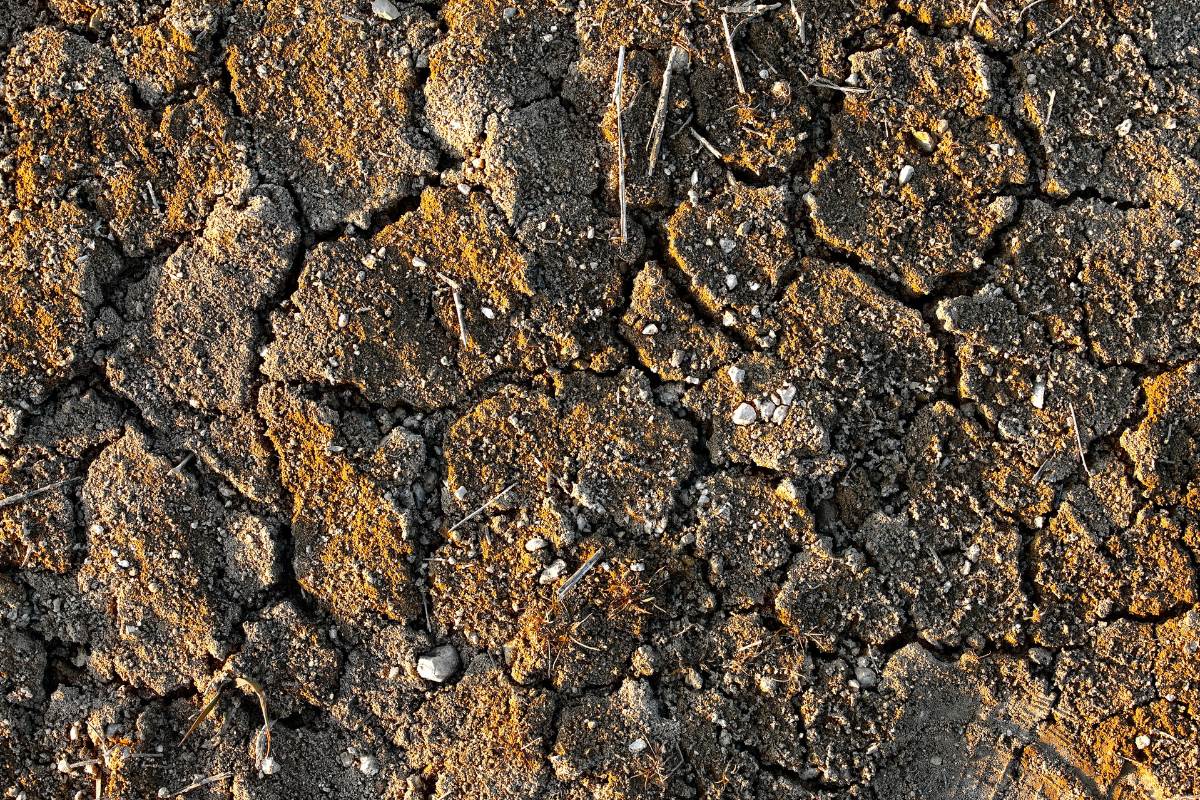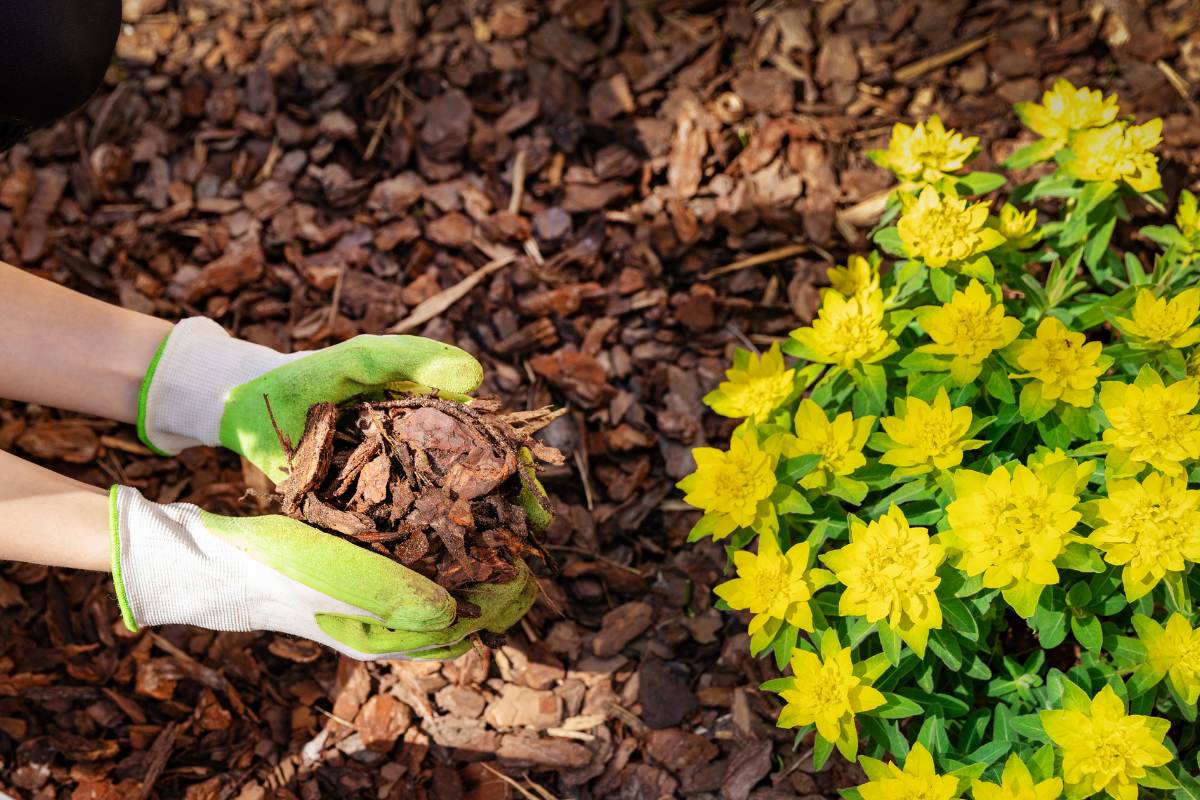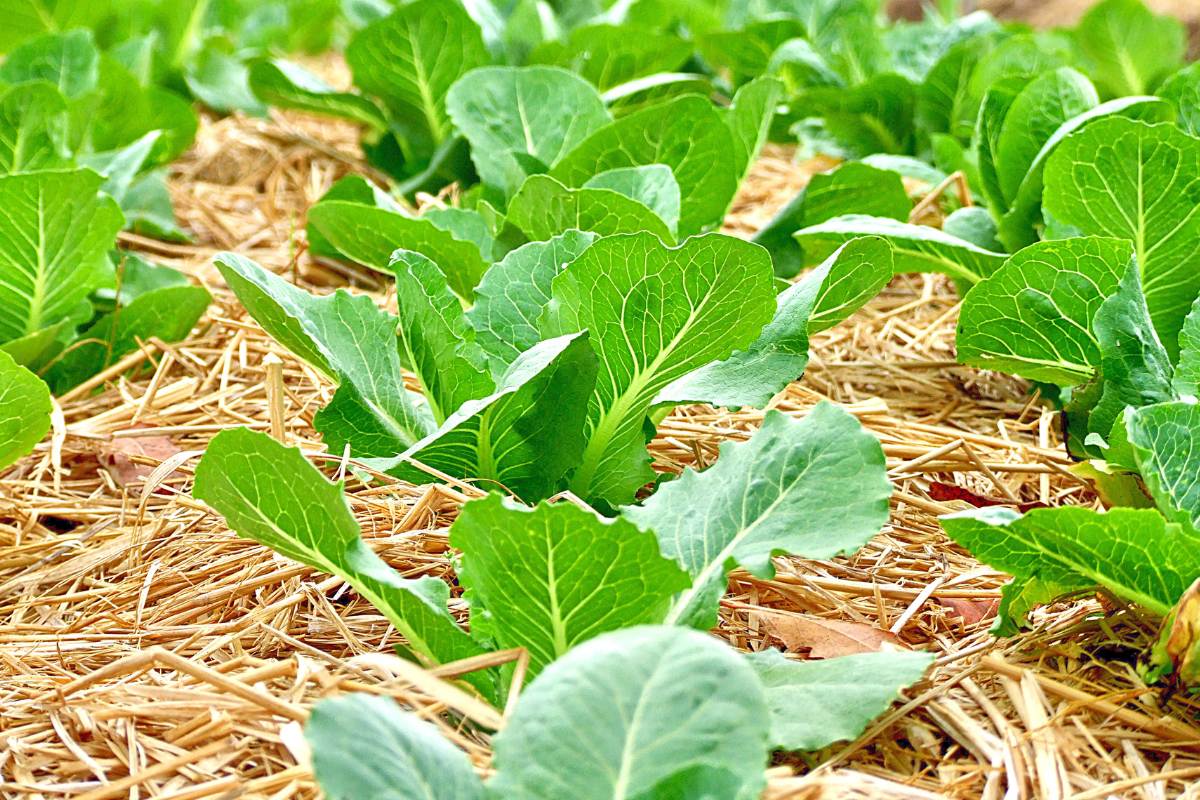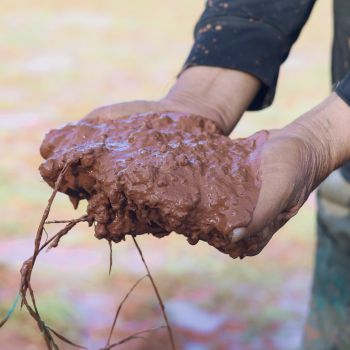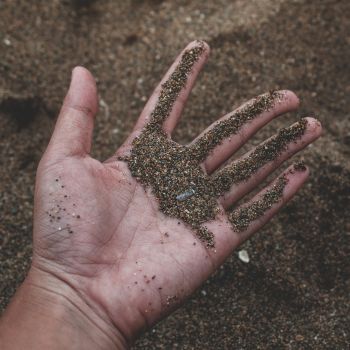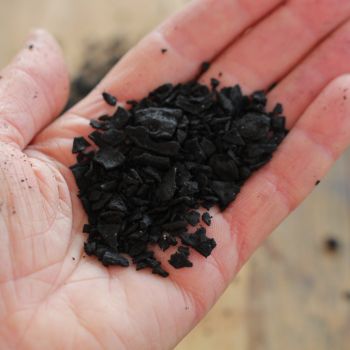Read the growing instructions for almost any type of vegetable and you'll see a requirement for well-draining soil. But of course, plants need water to survive, and soil that drains too freely presents just as hostile an environment as soil that's constantly waterlogged. Finding the right balance between drainage and water retention is key to healthy, productive soil.
Sometimes, soil can get into a state where it's unable to retain water long enough for plants to make use of it, repelling moisture rather than letting it soak in and reach the roots. In the worst cases, water will simply run off the surface of the soil, providing no benefit to plants at all. This condition is known as hydrophobic soil, and it's a common issue in areas with low or sporadic rainfall, as well as in pots and containers.
How to Recognise Hydrophobic Soil
Hydrophobic soil looks dry and caked, often cracking apart in open beds or shrinking from the sides of containers. Water will tend to pool on the surface or run straight off rather than soaking in, and in containers, it can run straight down the sides and out through the drainage holes. This can give the false appearance that the pot is fully wet when, in fact, there's hardly any water being retained in the potting mix at all.
Why Is Hydrophobic Soil a Problem?
The most obvious problem with hydrophobic soil is that it can't hold onto water and deliver it to a plant's roots. Even regular, generous watering has little effect. However, it also causes other problems beyond dehydration. Water-repellent soil makes it extremely unlikely that most seeds will germinate, and if they do, they'll have difficulty pushing their shoots up through the dry, caked soil. The beneficial microorganisms that live in the soil also need access to water to survive, so the soil’s overall health and structure also degrade.
What Causes Hydrophobic Soil?
Soil turns hydrophobic when its individual particles become coated in waxy, organic compounds that work as waterproofing agents. These compounds are naturally present in most soils, created by fungal activity or through the release of a plant's essential oils.
In healthy soils, microbial activity continuously breaks these compounds down. But if a soil fully dries out through drought or watering neglect, the microbe population dies off and the oils start to build up to harmful levels.
Hydrophobic issues are more likely to appear in sandy soils that tend to dry out more quickly, making it common in many parts of Australia. It's also a regular problem in container gardening, where a pot's soil can dry out very quickly if the regular watering routine is overlooked.
Preventing and Treating Hydrophobic Soil
Water-repellent soil might seem to be a gardening disaster, but it's a problem that's easily fixed or prevented using a few simple soil-management techniques.
1. Add Plenty of Organic Matter
Once soil becomes hydrophobic, it's essential to restart the microbial activity that normally breaks down the waxy substances at the root of the problem. The simplest way to do this is to add extra organic matter such as well-rotted manure or compost, digging in a good amount to fix the immediate issue, and continuing to add smaller amounts throughout the year to maintain the soil's condition.
2. Add a Mulch
Adding a mulch to the soil surface will aid water retention in even the driest soils, both by soaking moisture up and by slowing down evaporation. What's more, if you use an organic mulch, you'll also be adding more of those vital wax-eating microorganisms to prevent the problem from returning in future dry spells.
3. Mound Up the Soil
If your veggie beds are on a slope, water can quickly run off dry soil before it has a chance to soak in. Creating mounds, furrows or swales around your veggie beds can help channel the water to where it's needed, stopping the soil from drying out too quickly.
4. Add a Wetting Agent
While good soil management is the best way of preventing hydrophobic soil in the long term, a severe problem may need to be fixed using a wetting agent to give more immediate results. Commercial products are available that are simply mixed into the soil to begin breaking down the excess wax, or you can use powdered agar or kelp to achieve similar results more organically.
If you have nothing else suitable to hand, a few drops of detergent mixed into a watering can and sprinkled over the area will also work well, but as always, be careful about using highly processed or fragranced products which might contain ingredients harmful to your plants.
Rescuing Hydrophobic Potted Plants
Hydrophobic soil is extremely common in potted plants, where the potting mix can dry out incredibly quickly in direct sunlight, high temperatures, or strong winds. Luckily, if you're faced with a thirsty and wilting plant sitting in bone-dry potting mix, there's an emergency procedure you can use to rescue it.
Simply place the entire pot in a larger tub of water, making sure the soil's surface is fully submerged. Leave it to sit for 10-15 minutes, and you should see bubbles of air being released as the water seeps through the soil.
Once the bubbles stop, remove the pot and let most of the water drain away. Finally, top up the container with a new layer of potting mix or compost that reaches just below the rim, restoring the soil's volume, its nutrients, and the microbes that are essential for future soil health.
As with so many gardening problems, prevention is better than cure when it comes to hydrophobic soil. Regularly adding organic matter to your beds and maintaining a consistent watering routine will do plenty to prevent water repellence from building up, even in the driest climates with the sandiest soils.
